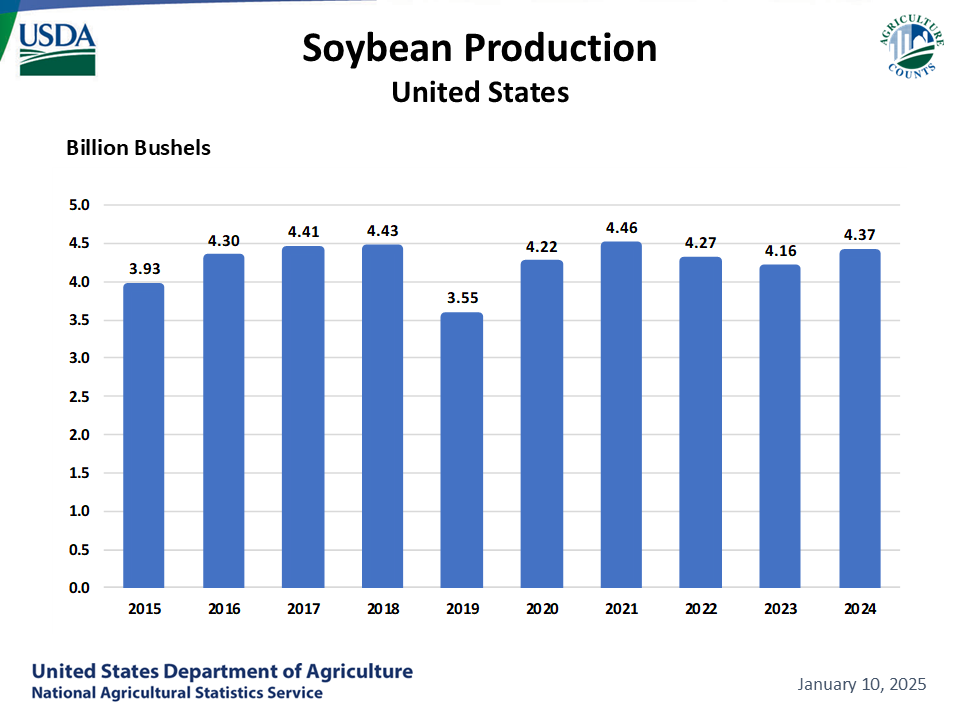Soybean set out to close the week with minor gains after continuous plummet last week juiced by pessimism over the U.S.-China trade negotiations (Bloomberg). As a result, supply outnumbered demand forcing the price to a continuous decline. But now, the gains are also coming because China had agreed to buy an additional 10 million metric tons of soybeans. On the other hand, part of the report says China has long term plans to expand soybean crop and farm subsidies to cut reliance on US imports (South China Morning Post). This information has created so much uncertainty in the market.
Prior to the US/China trade negotiation, Soybeans price for March 2019 Futures contract was 902,40 USd and 109,003 volume of trades. Right after the negotiation, the market found confidence in the commodity and price surged to 911,00 USd, 146,573 volume of trades and settled 910,25 USd on Friday. The chart below depict the weekly swings in the price of Soybean March 2019 Futures Contract.
Although there is unclear trend in the market, in our best of knowledge we hope the outcome of the negotiation will attract new investors in the market and release pressure on sellers who were in the market last week to sell their crop before the negotiation goes bad. Hence, price may go up a little bit in the coming week.
References:
1. https://www.bloomberg.com/news/articles/2019-02-23/china-s-pledge-for-u-s-soy-buying-catches-traders-off-guard
2. https://amp.scmp.com/news/china/diplomacy/article/2187088/china-increases-land-soybean-crop-and-subsidies-farmers-effort
3. https://www.cmegroup.com/trading/agricultural/grain-and-oilseed/soybean_quotes_settlements_futures.html#tradeDate=02%2F22%2F2019


